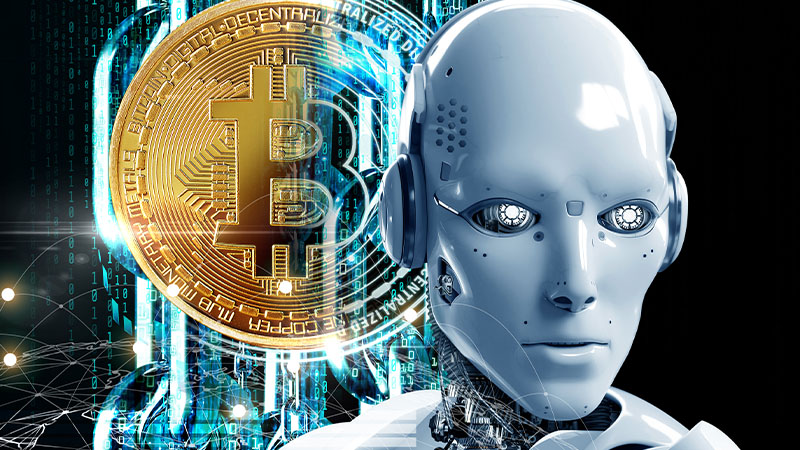As the U.S. government intensifies its efforts to regulate cryptocurrency and AI, a critical question emerges: Can these measures keep up with the rapid pace of technological innovation?
With debates brewing over privacy, market health, and the future of tech development, the world watches closely to see how these regulations will reshape the digital frontier.
Department of Justice’s Push for AI Regulation
The U.S. government is showing a strong intent to tighten regulations on cryptocurrency and artificial intelligence (AI). This initiative is aimed at keeping pace with the rapidly evolving landscape of digital technology.
One of the most notable developments is the Department of Justice’s (DOJ) efforts to regulate AI. On August 7, 2024, the DOJ urged the U.S. Sentencing Commission to impose stricter penalties for crimes involving AI.
This proposal could apply not only to advanced AI systems but also to crimes committed using simple programs. In essence, the government is aiming to cast a wide net to curb the misuse of technology.
Simultaneously, significant changes are being considered in the regulation of cryptocurrency.
The Department of the Treasury (DOT) revealed a regulatory agenda on August 16, 2024, signaling its intention to strike a balance between the regulation of cryptocurrencies and traditional currencies.
A key component of this agenda involves revisiting the definition of "money."
The Federal Reserve Board (FRS) and the Financial Crimes Enforcement Network (FinCEN) are at the forefront of this initiative, proposing an expansion of the definition under the Bank Secrecy Act to include cryptocurrencies.
If implemented, transactions involving Bitcoin and other digital currencies would be subject to the same reporting requirements as traditional banking transactions.
Moreover, this expanded definition is expected to apply to digital currencies issued by the government, reflecting a broader effort to monitor financial movements in the digital realm more closely.
The drive to strengthen regulations is fueled by the rapid growth of the cryptocurrency market. For instance, on August 14, 2024, the government moved approximately 10,000 Bitcoins, highlighting the increasing attention this sector is receiving.
Industry Reactions: Pros and Cons
Among experts, opinions on these regulatory measures are divided. Some believe these efforts will lead to a healthier market, while others worry that they might stifle the development of new technologies.
Stricter reporting requirements could raise concerns about privacy and increase the complexity of conducting transactions.
Similar debates surround AI regulation. While these measures are expected to prevent misuse, there are concerns that they might discourage developers from innovating, fearing overregulation.
These regulatory proposals are still under consideration, with final decisions expected around September 2025. In the meantime, discussions with industry stakeholders and experts are planned.
In the end, the cat-and-mouse game between technology and the law continues. Striking a balance is challenging, but it is an unavoidable task. Many are watching closely to see how these regulations will impact the flow of money and technological progress worldwide.
>> Click here for the latest regulatory news
-

The Era of AI Owning Cryptocurrency Wallets | Coinbase Launches Grant Program
Coinbase has launched a grant program to support projects that merge AI technology with cryptocurrency wallets. Learn how AI-driven wallets could transform financial automation.
続きを見る


